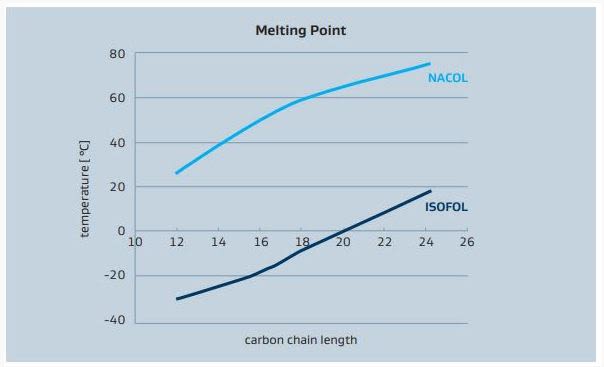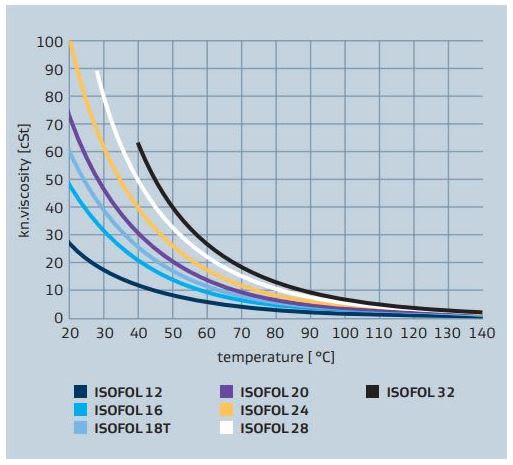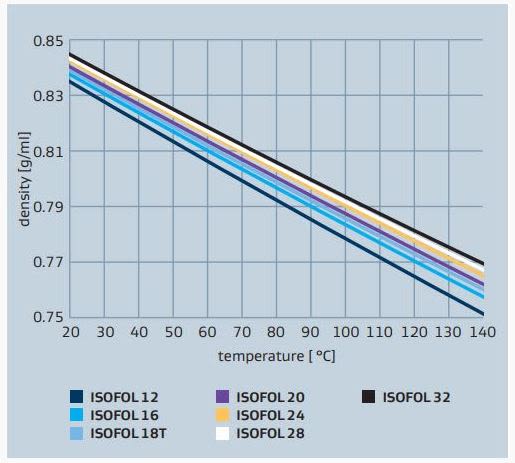Enhanced TDS
Knowde-enriched technical product data sheet
Identification & Functionality
- Chemical Family
- Chemical Name
- INCI Name
- Base Chemicals Functions
- CASE Ingredients Functions
- Cleaning Ingredients Functions
- Cosmetic Ingredients Functions
- Technologies
- Product Families
Features & Benefits
- Benefit Claims
- Labeling Claims
- Base Chemicals Features
- CASE Ingredients Features
- Industrial Additives Features
Applications & Uses
- Markets
- Applications
- Applicable Processes
- Base Chemicals End Uses
- Fragrances & Perfume Applications
- Home Care Applications
- I&I Cleaning Applications
- Industrial Additives End Use
Properties
- Physical Form
- Appearance
- Clear colorless oily liquid
- Typical Properties
Value Units Test Method / Conditions Water Content max. 0.1 wt. % - Viscosity (at 20°C) 50 mPas - Refractive Index (nD20) 1.45 - - Melting Range -10 to -6 °C - Iodine Value max. 0.5 mg l/100 mg - iC 20 OH 27 - 33 wt. % - iC 18 OH 46 - 54 wt. % - iC 16 OH 15 - 20 wt. % - Flash Point 170 °C - Ester Value max. 0.5 mg KOH/g - Density (at 20°C) 0.835 - 0.839 g/mL - Boiling Point 290 °C - Acid Number max. 0.05 mg KOH/g -
Regulatory & Compliance
Technical Details & Test Data
- Melting points of MultiTech Difunctional A alcohols in comparison with linear NACOL alcohols
The MultiTech Difunctional A to C24 are liquid at ambient temperature, whereas corresponding linear and saturated alcohols are solid. While oleyl alcohol starts to solidify at approx. 10 °C, MultiTech Difunctional A alcohol of similar chain lengths remains liquid

- MultiTech Difunctional A alcohol viscosity vs temperature
The temperature-dependant kinematic viscosity of MultiTech Difunctional A alcohols is shown in Figure

- MultiTech Difunctional A alcohol density vs temperature

Packaging & Availability
- Packaging Type
Storage & Handling
- Storage and Handling
Safe handling advice
Ensure all equipment is electrically grounded before beginning transfer operations.
Storage/Transport pressure
Ambient
Load/Unload temperature
Ambient